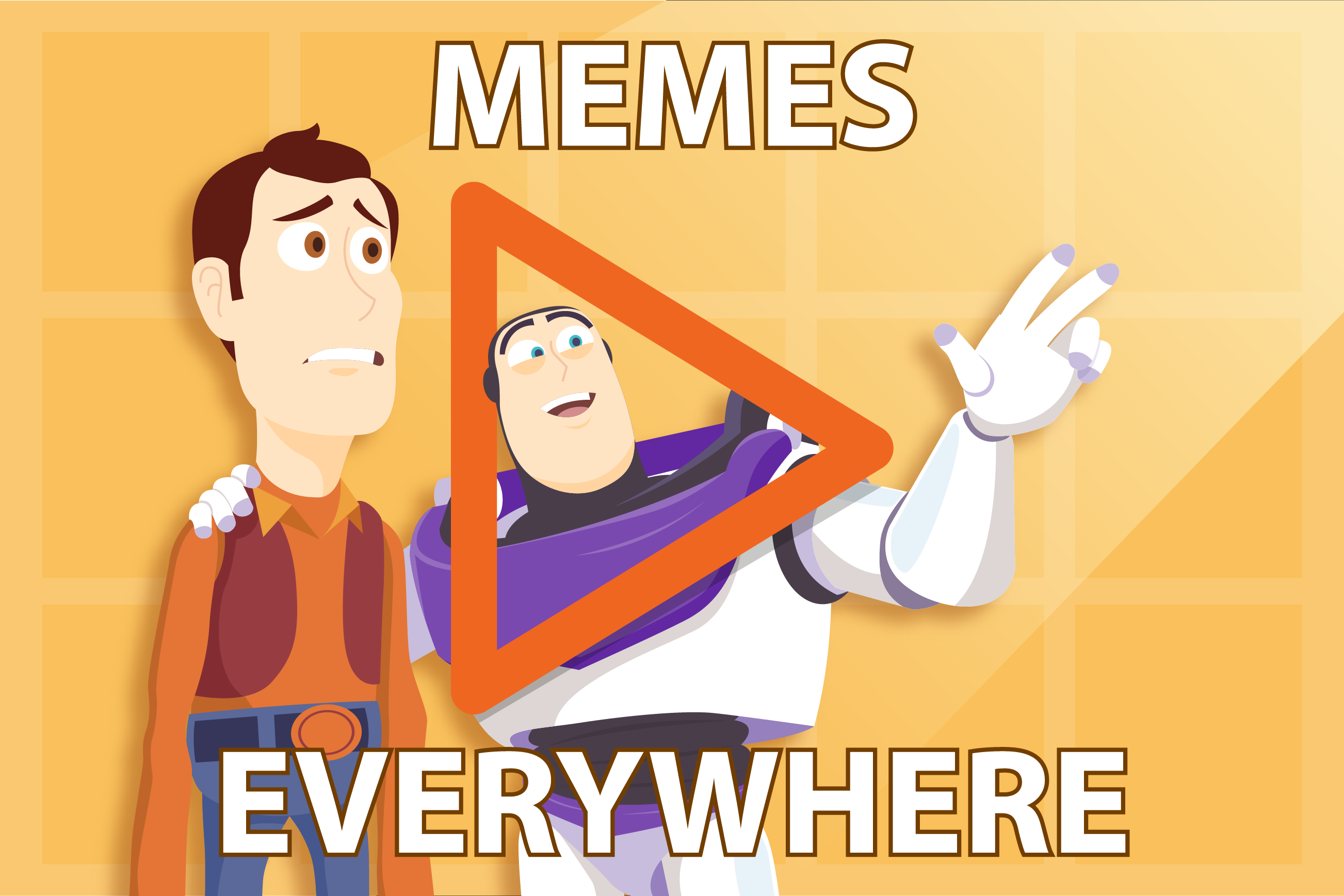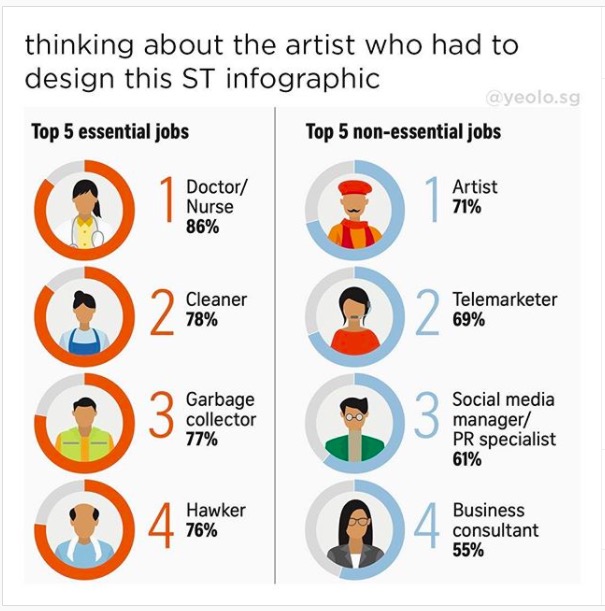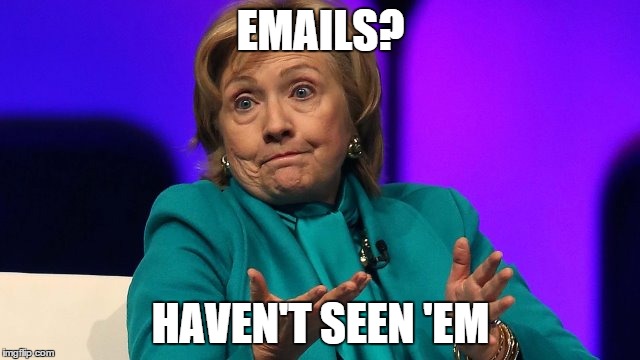

Memes are taking over the world
An Internet cultural phenomenon, memes hold more power than you think.

A once-tiny corner of the Internet has turned into a full-blown cultural phenomenon changing the way we communicate – in good ways and bad. Memes are now, not just a part of our life in the digital world, they are an international language unto themselves.
Know your meme
It’s hard to explain: memes (pronounced ‘meems’, and not ‘me-mes’) are pieces of digital media that spread rapidly across the Internet, often with slight variations to convey a particular idea. Typically humorous in nature, memes can take different forms, including video or fads like planking or the ice bucket challenge. They are most commonly images overlaid with a text caption, like this:

The term “meme” was coined by the evolutionary biologist Richard Dawkins in his 1976 book The Selfish Gene. He describes a meme as a behavioural equivalent of a gene — an idea, behaviour or style that spreads from person to person within a culture.
Meme culture comes with its own set of features. Anonymity is a big part of it — most of the time, no one knows the exact source of each meme. They also generally lack a stable point of reference, meaning that viewers need to tap into their own existing knowledge of pop culture or a sub-culture to make sense of the meme.
The power of memes
Meme culture is one of the defining features of today’s world. Memes can now be seen as a legitimate source of influence over society, as evidenced by Donald Trump’s wooing of meme artists during his presidency. Difficult public debates are now fought not just with words but with memes. The war in Ukraine was launched by Russia with missiles and memes almost simultaneously, Ukraine responded in kind.
Social influence
Memes are often built upon pop culture and current affairs, which means they now play a large part in social commentary – and often in countries where media freedoms have been curtailed.
In June 2020, the Straits Times published an article that included a poll of the top essential and non-essential jobs in Singapore. The idea was to showcase how people shun doing the very jobs that they themselves deem to be ‘essential’.
However, the newspaper’s decision to publish an infographic of the poll results that included the top non-essential jobs sparked furore, as artists emerged number one on the list.
Very quickly the memes descended, as the rest of the public made their opinions known:
The act of sharing a meme is also an agreement with the contents of the meme. If people share a meme that’s related to social issues, apart from the humour and entertainment factor, it is also a signal of where they stand.
The politicisation of memes
Memes are now a weapon in the politician’s arsenal of campaign tools. They rally support online, and inflict jabs on opponents at the same time.
In this year’s Pennsylvania US senate campaign, for instance, Republican candidate and TV personality Dr. Mehmet Oz is competing with the Democratic candidate, John Fetterman.
In one tweet, Dr. Oz photoshopped the faces of his opponent Fetterman and Bernie Sanders into the poster of the film “Step Brothers,” starring Will Ferrell and John C. Riley, implying that Fetterman shares the “radical” values of Bernie Sanders. Not to be outdone, John replied with the classic “graphic design is my passion” meme, a meme that is usually a response to poorly made images.
In many ways, memes are this era’s political cartoons, but user-generated. It is now easier for people to express their stance on political issues as well, like this criticism on the right wing perspective of “traditional marriage”:
Or this one, on Hillary Clinton’s email controversy:
Depending on how they’re wielded, memes can be a force for change as they encourage conversation about otherwise serious topics.
Johnniqua Charles became a meme sensation for unintentionally penning an anti-police brutality anthem amidst the recent waves of protests. After being detained by a security guard outside of a club, she was filmed singing “You about to lose yo job” after asserting her right to know why she was being detained. After the video went viral, several DJs even took to remixing it into a new song. In Baltimore, it became an actual protest chant.
When it comes to political issues, the rich and powerful in society are the ones who traditionally call the shots. In many ways this still applies today, but memes make politics less highbrow and more accessible for the general public.
Now everyone can express their opinion. And when public opinions are expressed as a collective whole, it can put enough pressure on the ruling classes to listen to what the masses have to say.
Dark side of meme power
In many ways, memes serve as a symbol that can unite people around beliefs or opinions. While they can give a voice to the disenfranchised, memes also make it easy for extremist groups to further their controversial agendas.
Many of these alt-right groups use memes to disseminate radical white nationalist messages. The cartoon Pepe the Frog has been descended upon by radicals, who have twisted the once-adorable character into a sick symbol of hate, with the intention of spreading racist and anti-Semitic messages online.
It sounds absurd that a cartoon frog has managed to become tied to white supremacy, but this situation is a testament to just how powerful memes have become in society, with implications that extend way beyond the digital realm.
Curiously, Pepe the Frog later became a positive symbol to Hong Kong’s pro-democracy protestors, proving memes’ flexibility and the fact that context is everything.
Then there is manipulation, and the algo
During the Johnny Depp-Amber Heard defamation trial, alt-rights used the hashtag “Don’t Believe All Women” and “Men Too”, attempting to diminish the impact of the MeToo movement.
Amber is not the first woman to face such vitriol on social media. Back in 2014, Zoe Quinn, a gamer developer, was accused by her ex-boyfriend of sleeping with a video game reviewer in exchange for a good review. This led to #GamerGate being used to criticise female gamers and share anti-feminist rhetoric. As it turns out, the review in question is non-existent.
Harking back to the Depp-Heard trial, the content and memes were heavily skewed towards Depp. This was due to economic bias that a content creator could reap; one creator admitted he made US$5,000 in a month. “When people do post stuff trying to defend Amber Heard, they will lose followers. A lot of major content creators probably don’t even care about it that much — they just care about the views that it gets,” he says.
Although the trial was based in the US, it trended worldwide on social media. Singapore’s National Crime Prevention Council (NCPC) used one of the moments in the trial for their social media content. The moment was when Amber winced her face on the stand while describing Johnny’s actions of doing a “cavity search” on her—sexually assaulting her with his fingers after accusing her of hiding his drugs.
The wincing face was used to describe our faces when we realise criminals have duped us. While some saw the funny side, it got 1,000 likes before it was taken down. It was widely seen, rightly, as an inappropriate tactic to memeify anything about sexual abuse. These incidents remind us that not all memes are appropriate and can be enjoyed by the masses. It is important to strike the right balance to resonate with your audience without alienating the public.
Meme marketing = a recipe for success?
As we have discussed previously, moment marketing is a strategy that takes advantage of ongoing events and builds marketing collateral around it for brands to maintain relevance without having to create a full-blown marketing campaign from scratch. One of the most common forms of moment marketing is creating memes taken from the event itself.
Who could forget this year’s Oscars slap? A viral clip watched by 50 million people overnight that resulted in countless memes. Granted, it was a virality engineered for all the wrong reasons, but it did not stop the plethora of memes afterwards, including local and international brands that jumped on the bandwagon.
MealPal, a US subscription-based service that offers its members discounts for lunch at their network of restaurants, created a meme where they “slapped” those who paid full price for lunch. Hitting closer to home, Takagi Ramen memefied the incident, where their customer’s wallet “slapped” those who eat expensive ramen that is not as yummy.
While these memes effectively conveyed their brand messaging, some say their approaches were insensitive and inappropriate. “Brands are doing what they do best in hopping in on a complex moment they don’t understand all for their own gain,” says Charles Etoroma, senior social media manager, content at Warby Parker. Lola Bakare, a CMO advisor and inclusive marketing strategist, echoed a similar sentiment. “Brands so often miss the mark by seeing anything that happens within the black community as somehow exploitable for their own gain.”
Here to stay
Memes are a reflection of what’s happening now and are continuously changing with the times. While brands need to keep up with trends, to tap into the cultural zeitgeist and stay relevant there is a limit. Memes can be hijacked so you need to find a balance between edgy and outrage. It’s tricky but hey, that’s marketing for you. One thing that is certain, the meme is not going anywhere and we need to keep updated with how it is evolving.
Read more from Click2View:
- TikTok: The End of Google’s Reign?
- Why You Need a Content Calendar
- Which Talking Head Speaks to You?
- Redefining authorship with AI writing tools
Sign up to our newsletter for a weekly update on the latest content marketing news. Don’t forget to subscribe to our YouTube channel too!
Click2View is Southeast Asia’s premiere full-service independent B2B content marketing agency servicing clients like Microsoft, Google, Visa, Prudential, and the Lee Kuan Yew School of Public Policy.












